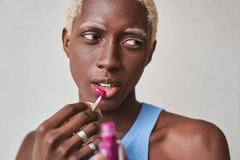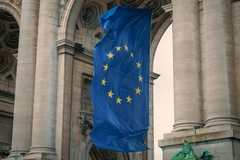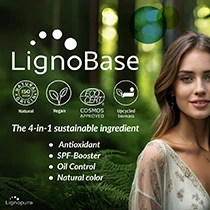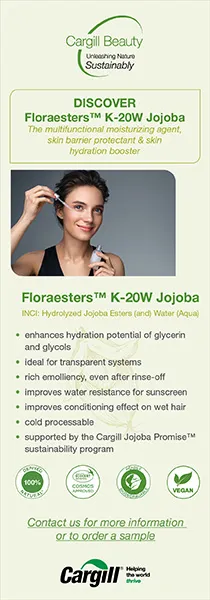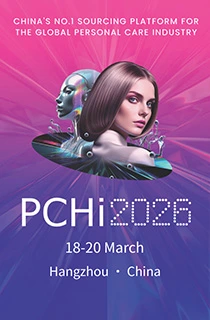EU promotes eco-friendly glitter in cosmetics post microplastic ban

24 Oct 2023 --- The European Commission’s (EC) recent Regulation (EU) 2023/2055 has restricted synthetic polymer microparticles, including glitter, in personal care and beauty products. The ban has raised uncertainties regarding the use and sale of glitter in the industry since it came into effect on October 17, marking a pivotal moment in the cosmetics sector.
The regulation, better known as “the microplastic restriction,” will remove microplastics on their own or intentionally added to mixtures.
Plastic glitter (also called loose plastic glitter) is to be regarded as a mixture under REACH (Registration, Evaluation, Authorisation and Restriction of Chemicals). Therefore, it is in the scope of the restriction.
The EC’s purpose is not to ban all glitter but to replace plastic glitter with more environmentally friendly glitter that does not pollute the oceans.
“The Commission is also working on a detailed Q&A document to help with the implementation of the new rules. The document is expected to be made available on this page by the end of 2023,” says the governing body. Glitter made from plastics will no longer be allowed in makeup products in Europe.
Glitter made from plastics will no longer be allowed in makeup products in Europe.
The bitter-glitter end
Only glitter made of non-biodegradable materials is affected. Depending on what it is made of, what it is used for and whether it is loose, trapped in or attached to an object. In addition, products already on the market — e.g., products on shelves or in suppliers’ stocks — can continue being sold until supplies run out.
Glitter used in cosmetics and detergents can continue being sold until a specific transitional period ends.
Biodegradable, soluble, natural or inorganic glitter is not considered microplastics and can continue being sold benefiting from a specific unspecified transitional period.
On October 16, 2027, the regulation will apply to rinse-off cosmetics. On the same date in 2029, it will include leave-on cosmetics. In 2035, makeup, lip and nail cosmetics will be added.
Additionally, from October 17, 2031, until October 16, 2035, make-up, lip and nail products must bear a label indicating they contain microplastics to remain available for sale.
What’s still allowed?
Some exceptions are not concerned by the restrictions:
- Products, including glitter, made of material that is inorganic (e.g., glass, metal), natural, biodegradable or soluble in water (out of scope because they are not regarded as microplastics).
- Beads and sequins (and other decorations) intended to be threaded or sewn.
- Microplastics, including plastic glitter, that are contained by technical means (e.g., enclosed in a snow globe) or permanently incorporated in a solid matrix (e.g., trapped in glue, paints or inks, or inside solid objects).
- Products to be regarded as articles under REACH.
- Products already on the market on 17 October 2023.
If a large bag of plastic glitter (or other microplastics) is bought before October 17 but is repackaged into a new product, the new product must be placed on the market before the 17th to continue selling.
By Sabine Waldeck

